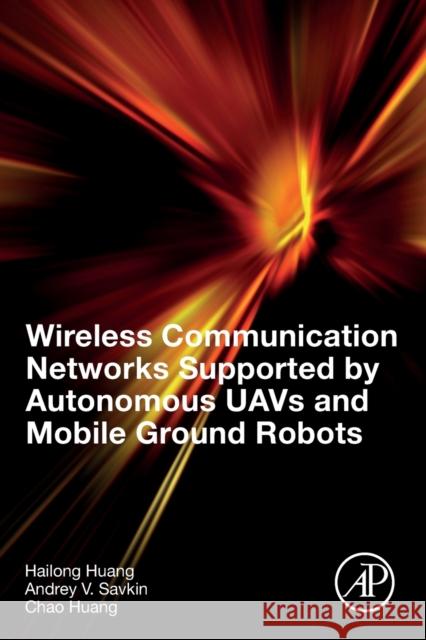Wireless Communication Networks Supported by Autonomous Uavs and Mobile Ground Robots » książka
topmenu
Wireless Communication Networks Supported by Autonomous Uavs and Mobile Ground Robots
ISBN-13: 9780323901826 / Angielski / Miękka / 2022 / 218 str.
Kategorie:
Kategorie BISAC:
Wydawca:
Academic Press
Język:
Angielski
ISBN-13:
9780323901826
Rok wydania:
2022
Ilość stron:
218
Waga:
0.30 kg
Wymiary:
22.86 x 15.24 x 1.17
Oprawa:
Miękka
Wolumenów:
01











